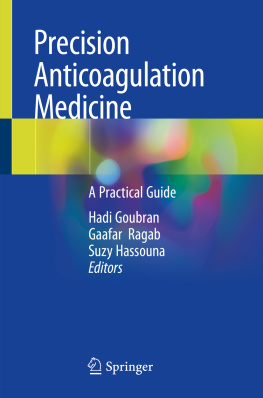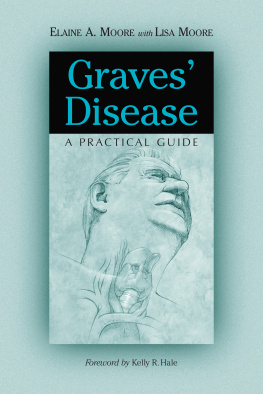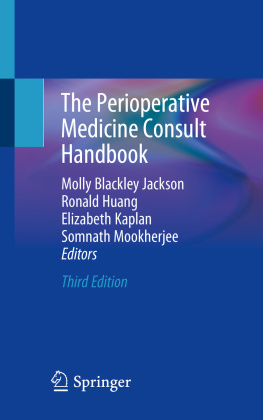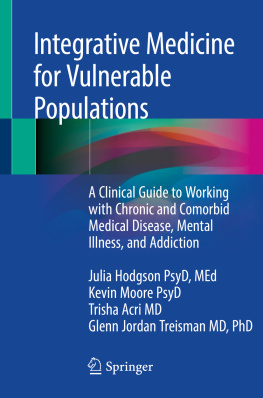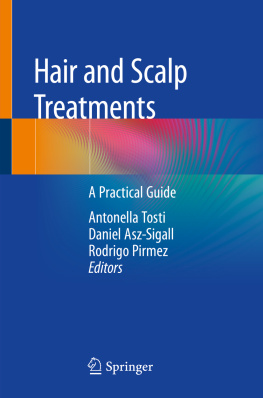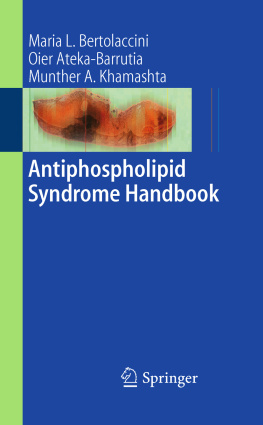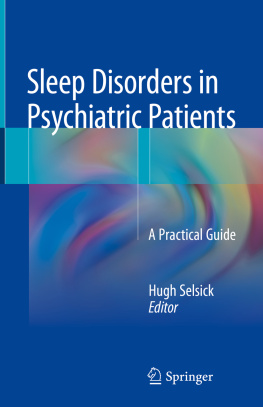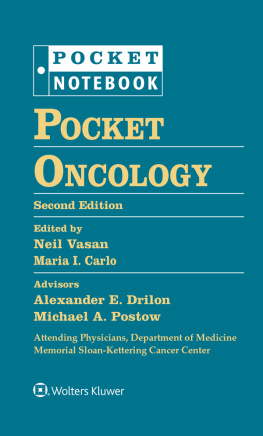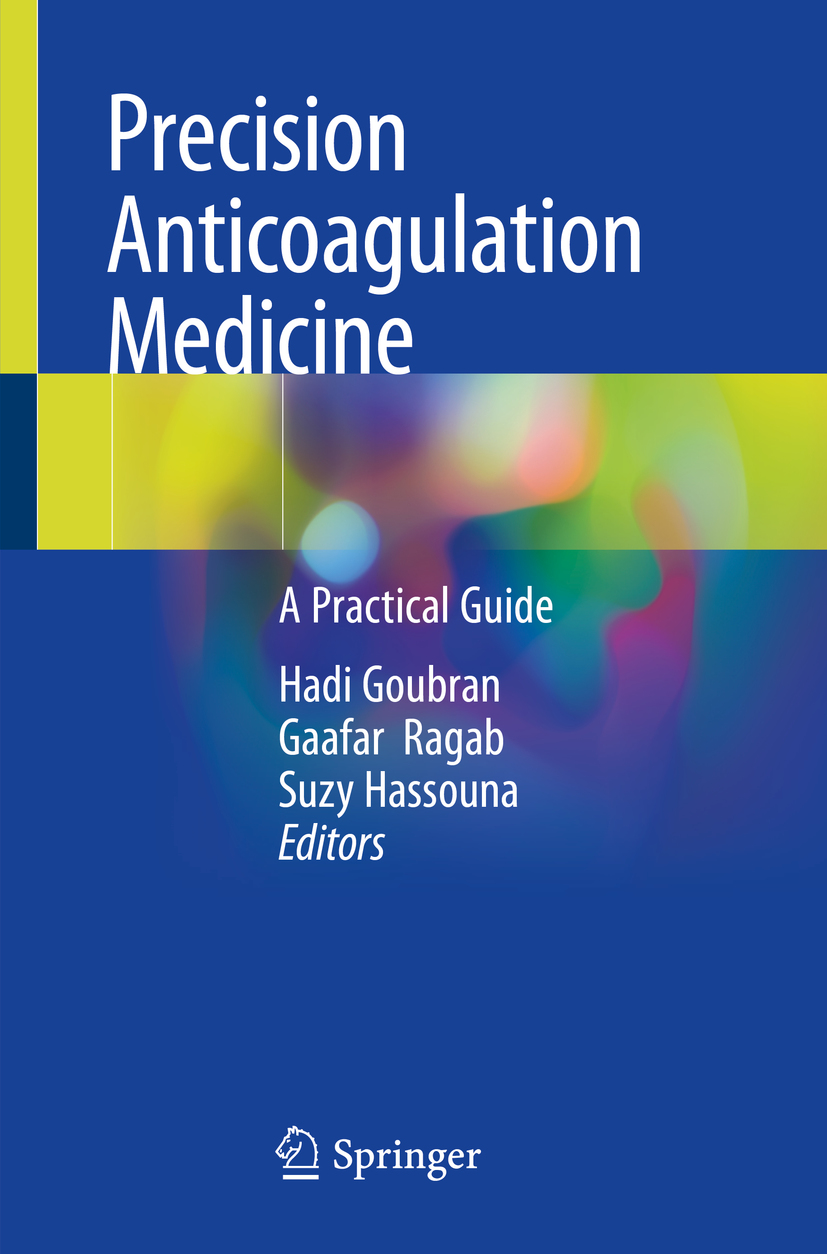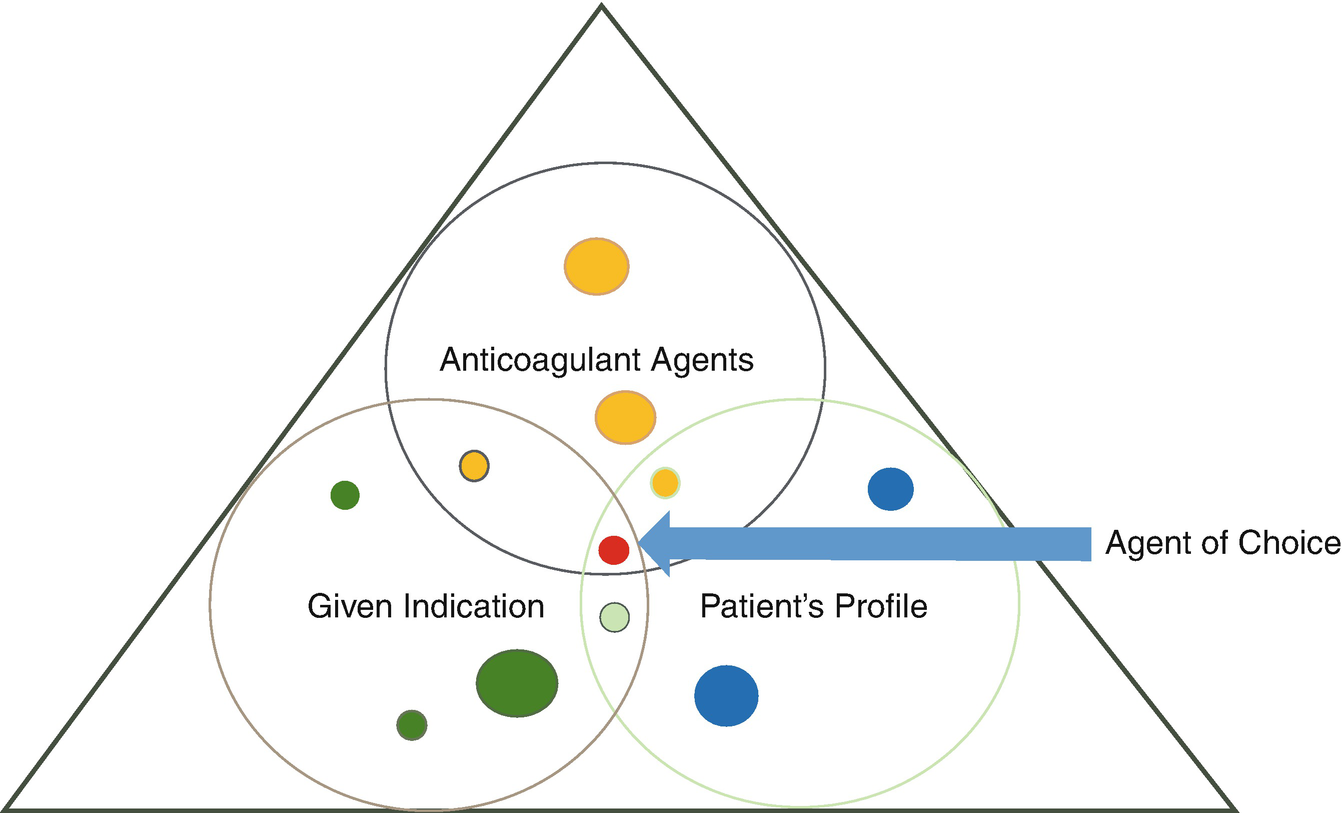Editors
Hadi Goubran
Saskatoon Cancer Centre College of Medicine University of Saskatchewan, Saskatoon, SK, Canada
Gaafar Ragab
Faculty of Medicine Cairo University, Giza, Egypt
Suzy Hassouna
College of Human Medicine Michigan State University, East Lansing, MI, USA
ISBN 978-3-030-25781-1 e-ISBN 978-3-030-25782-8
https://doi.org/10.1007/978-3-030-25782-8
Springer Nature Switzerland AG 2020
This work is subject to copyright. All rights are reserved by the Publisher, whether the whole or part of the material is concerned, specifically the rights of translation, reprinting, reuse of illustrations, recitation, broadcasting, reproduction on microfilms or in any other physical way, and transmission or information storage and retrieval, electronic adaptation, computer software, or by similar or dissimilar methodology now known or hereafter developed.
The use of general descriptive names, registered names, trademarks, service marks, etc. in this publication does not imply, even in the absence of a specific statement, that such names are exempt from the relevant protective laws and regulations and therefore free for general use.
The publisher, the authors, and the editors are safe to assume that the advice and information in this book are believed to be true and accurate at the date of publication. Neither the publisher nor the authors or the editors give a warranty, expressed or implied, with respect to the material contained herein or for any errors or omissions that may have been made. The publisher remains neutral with regard to jurisdictional claims in published maps and institutional affiliations.
This Springer imprint is published by the registered company Springer Nature Switzerland AG
The registered company address is: Gewerbestrasse 11, 6330 Cham, Switzerland
This book is dedicated to our beloved families,Hanaa, Mariam and Farah GoubranSamia, Ahmed and Sherif Ragaband the memory of Prof Suzy Hassouna
Preface
Venous thromboembolism and thromboembolic complications of atrial fibrillation are the leading cause of morbidity and mortality across the globe accounting for one in four deaths worldwide in 2010. Its annual incidence rates range from 0.75 to 2.69 per 1000 individuals and increase with age to between 2 and 7 per 1000 among those aged 70 years.
For decades, physicians and patients had only two therapeutic options to prevent thrombosis: parenteral unfractionated heparin, one of the oldest medicines currently in use, first discovered in 1916, and the oral warfarin discovered in the late 1930s which necessitated close monitoring with prothrombin time testing.
In the early 1990s, low molecular weight heparins became available as subcutaneous preparations that were offered for both prophylaxis and therapy. The simplicity of their use and dosage fostered a wider use of anticoagulation and allowed for outpatient management of venous thrombosis.
In an effort to address heparin-induced thrombocytopenia, injectable direct antithrombin inhibitors were developed and introduced into our practice algorithms.
In less than two decades later, direct oral anticoagulants with variable therapeutic profiles including direct thrombin inhibitors and anti-factor Xa preparations were offered as therapeutic and prophylactic alternatives to patients with venous thrombosis, for the prevention of thromboembolic complications of atrial fibrillation and as prophylactic tools.
Clinicians are now confronted with an arsenal of anticoagulants and a plethora of clinical trials and guidelines positioning different agents for a given indication and for a particular patients profile. Many large thrombosis bodies developed apps and therapeutic algorithms to help direct practitioners on how to optimize the use of anticoagulation.
Anticoagulation, therefore, is moving toward a personalized approach where one should choose from the wide palette of anticoagulants, the suitable agent for a given indication in a given profile.
For a clinician in the various medical disciplines today to make an evidence-based anticoagulation decision, a road map is needed to navigate through the different agents, indications, and intrinsic patients characteristics.
In this book, and with the contribution of a large group of clinicians from different disciplines and different parts of the world, we tried to draw an anticoagulation guide map based on the different therapeutic options available, the approved or accepted indications supported by clinical evidence, and patients profiles.
This book is not meant at all to replace any local, regional, or national guideline as many institutions, scientific bodies, and nations have developed their own specific guidelines that should be followed rigorously. It is meant only to integrate most of the available resources in a comprehensive format.
The first chapter of this book attempted at reviewing the commonly available anticoagulants with simple prescription tools to help their administration and monitoring. The following chapters address the anticoagulation based on patients and diseases including anticoagulation in the general population, in cardiac patients, in the pediatric population, in the context of cancer, or in pregnancy and lactation.
Anticoagulation in rheumatic patients and in patients with the antiphospholipid syndrome as well as anticoagulation in renal patients was also addressed separately.
Thromboprophylaxis in surgical and medical patients is also given their due consideration.
The last two chapters describe the indications and methods to bridge anticoagulation in the context of procedures and surgical interventions as well as the tool to reverse their action in case of bleeding.
A better understanding of coagulation and the underlying pathophysiology of thrombosis in the different clinical contexts calls for the development of newer targeting anticoagulants. The field is therefore in rapid evolution moving steadily toward a more precise, personalized approach.
It is sad that Dr. Hassouna, our coeditor, passed away peacefully on October 2018 during the early preparation of this book. She was Professor of Medicine, Division of Thrombosis, Elsa D. and Carl E. Rehberg Hematology Research Professor, and Director, Special Coagulation Center at Michigan State University (MSU). In her proliferative career, she contributed tremendously to the understanding of blood coagulation, particularly the vitamin K-dependent factors and also, therefore, natural anticoagulants like protein C. In 1989, she was the first in the world to publish a second biochemical cause in protein C associated with thrombosis by documenting resistance to inactivation of both activated factor V and factor VIII by activated protein C. She will always be remembered as a delightful personality and an outstanding researcher and medical educator.
In a famous quote, Dr. Samuel Johnson said: knowledge is of two kinds. We know a subject ourselves or we know where we can find information upon it. In the ever-expanding horizons of thrombosis and anticoagulation, we do not claim to have the knowledge, but we can modestly hope to offer our reader a tool to navigate and our fellow physicians an instrument that helps in decision-making.

